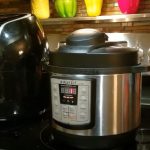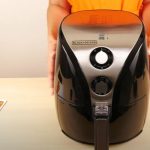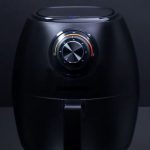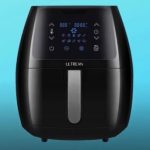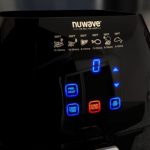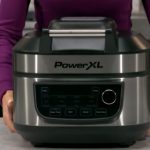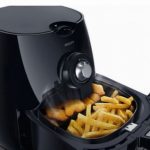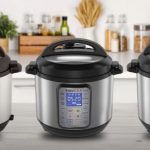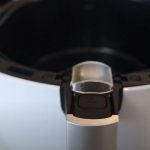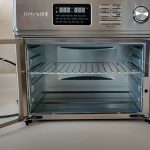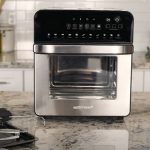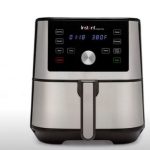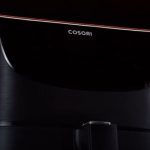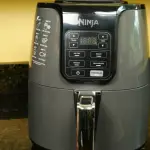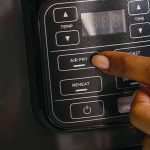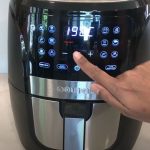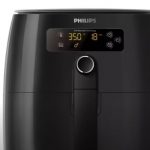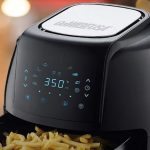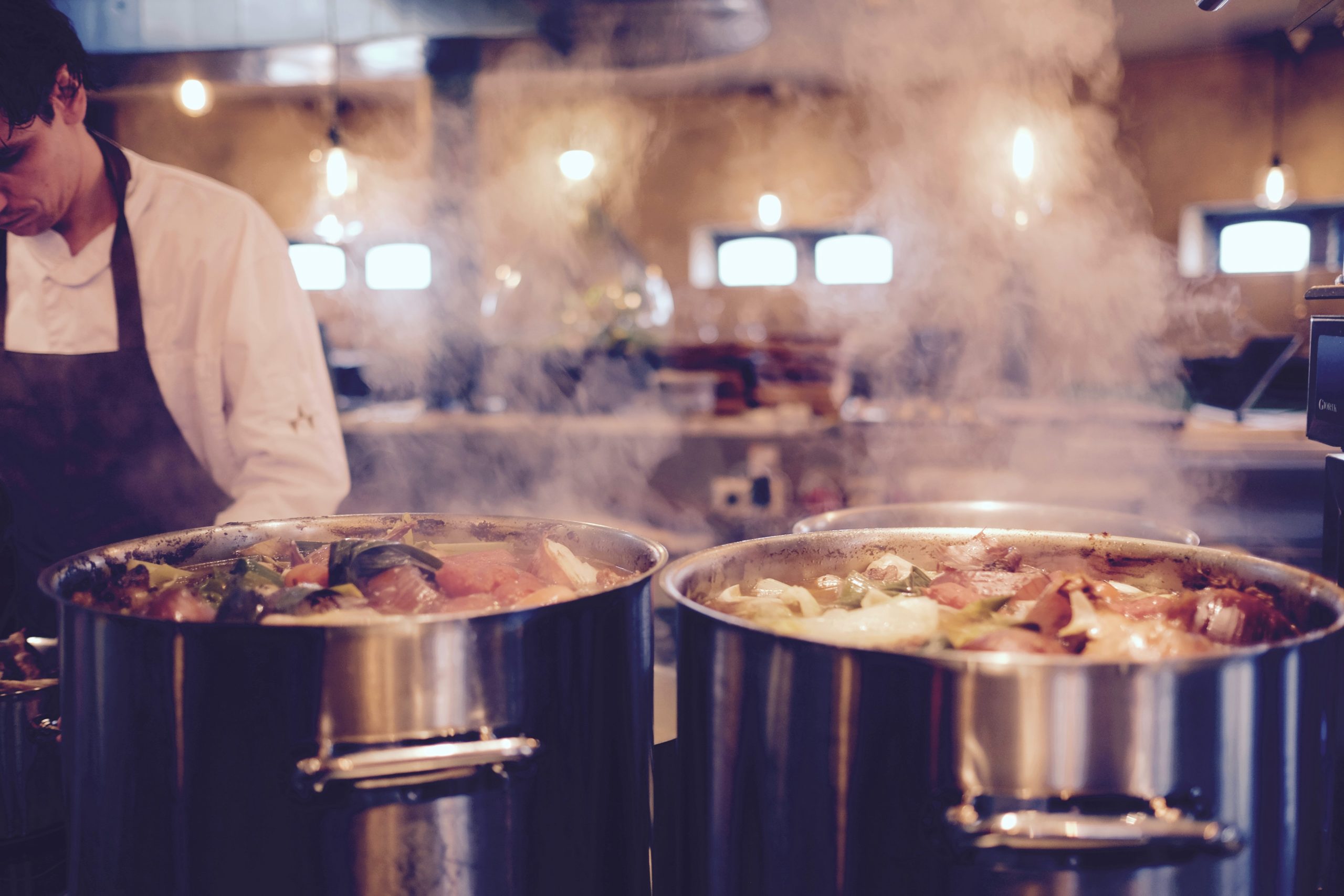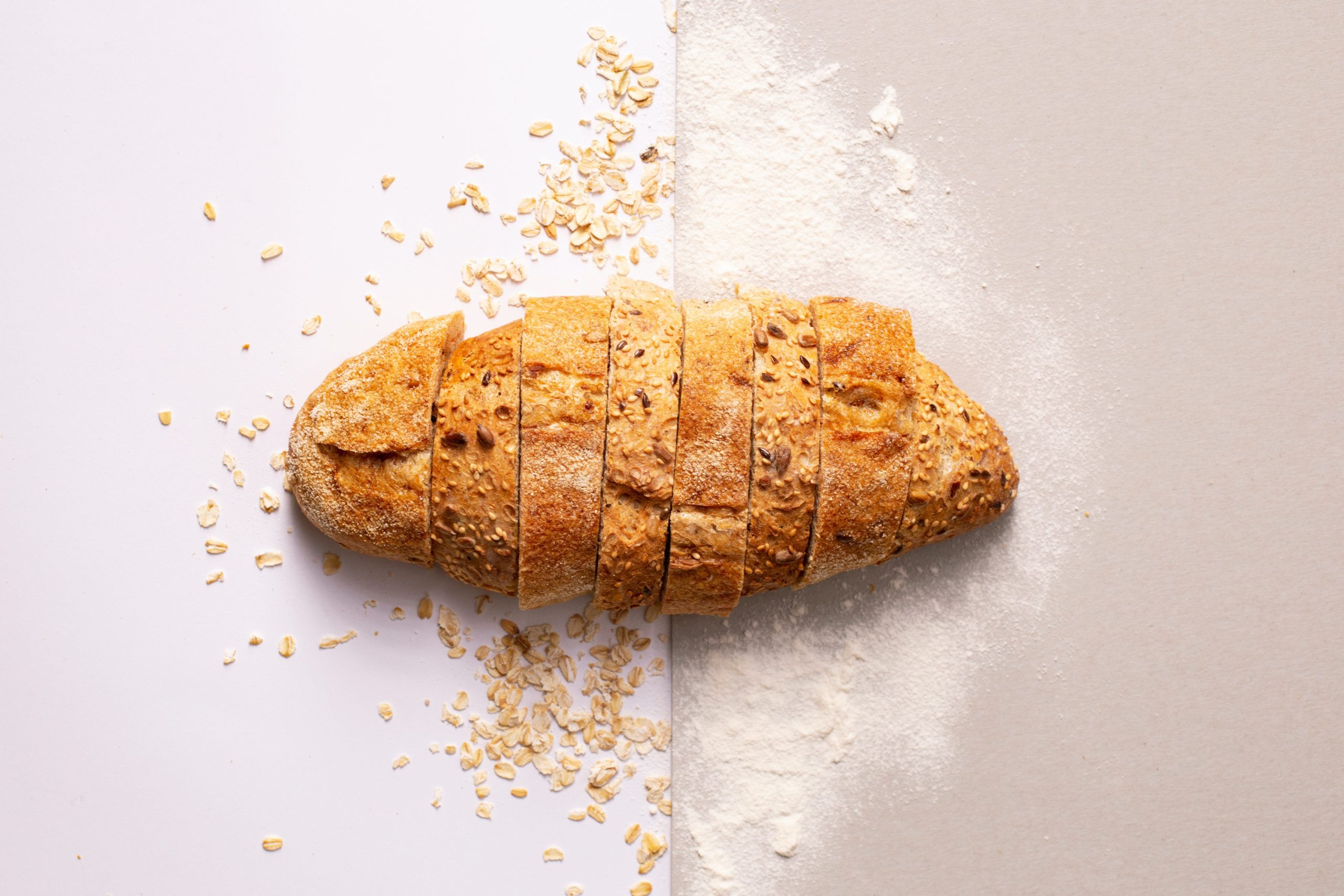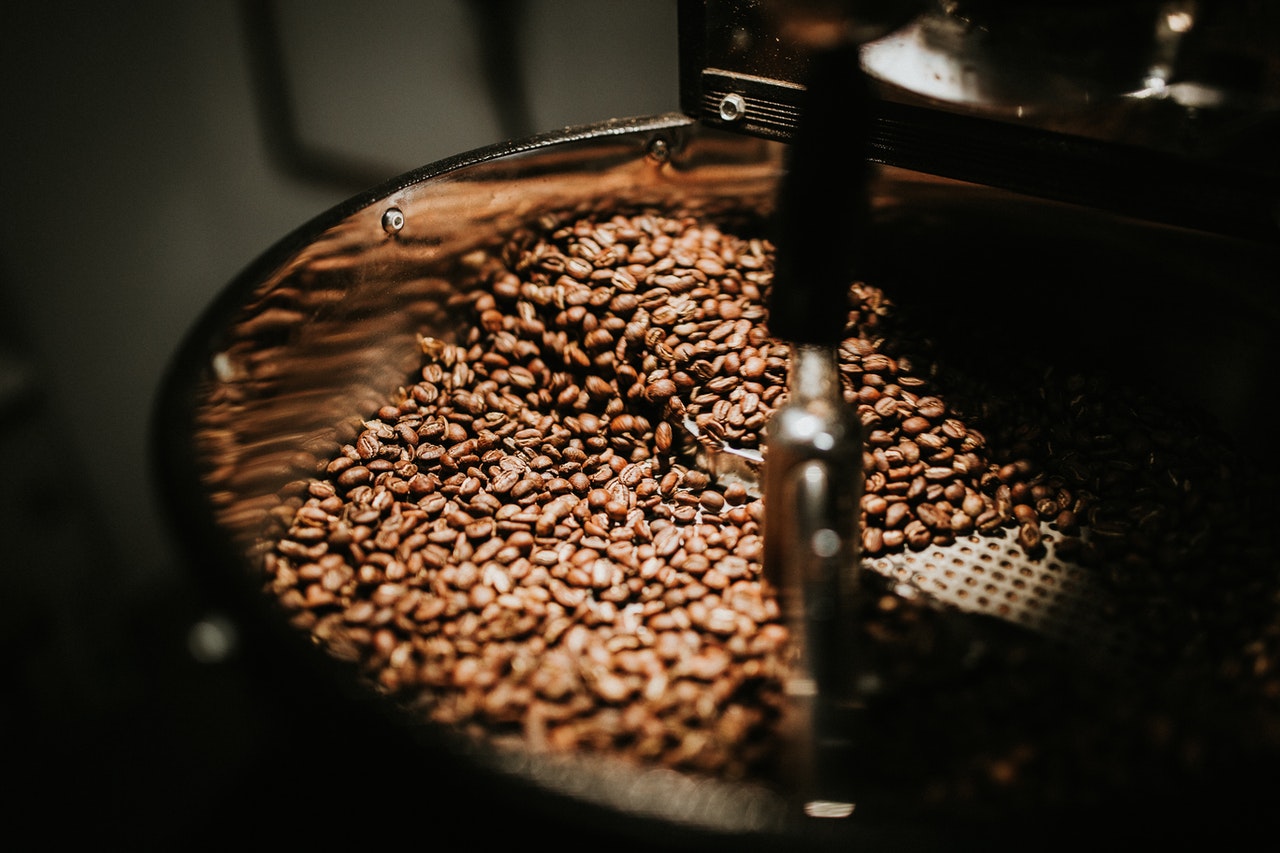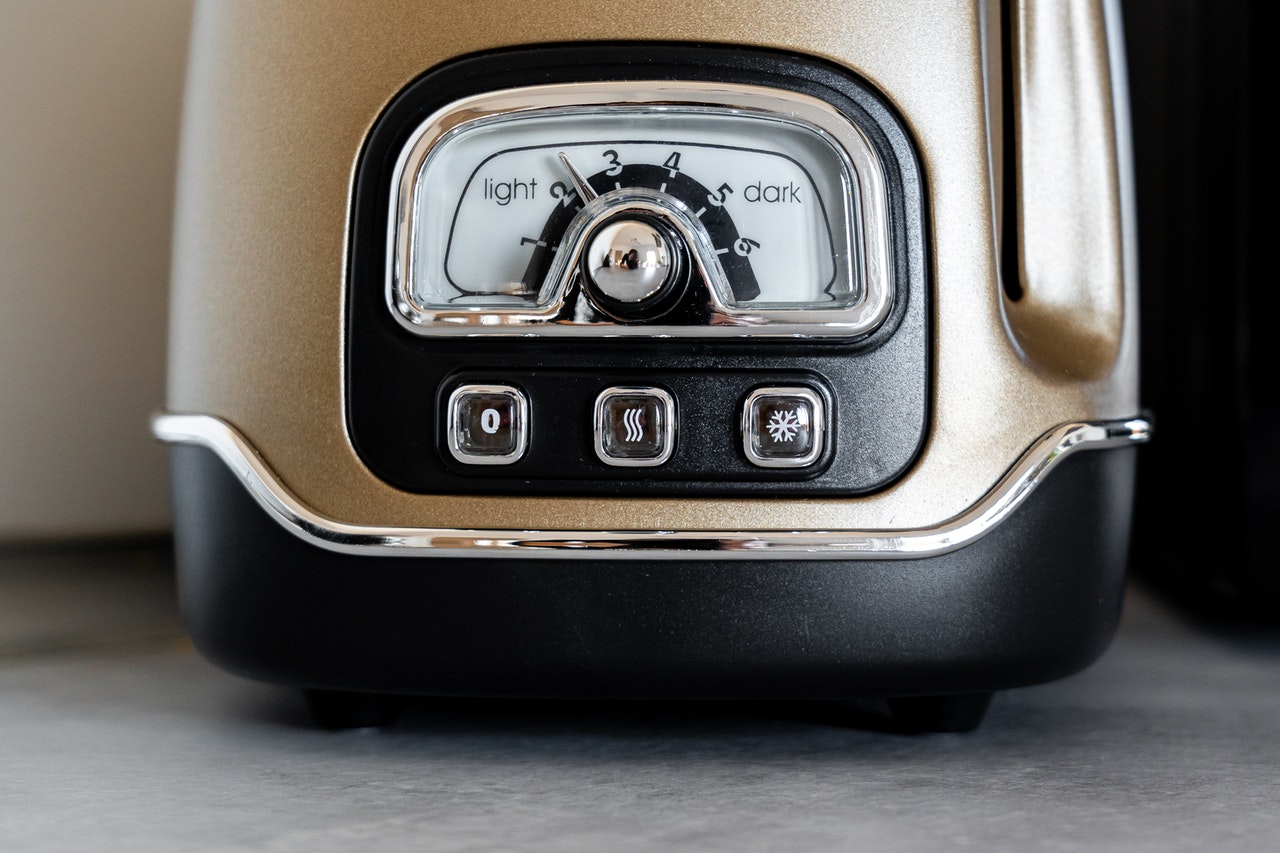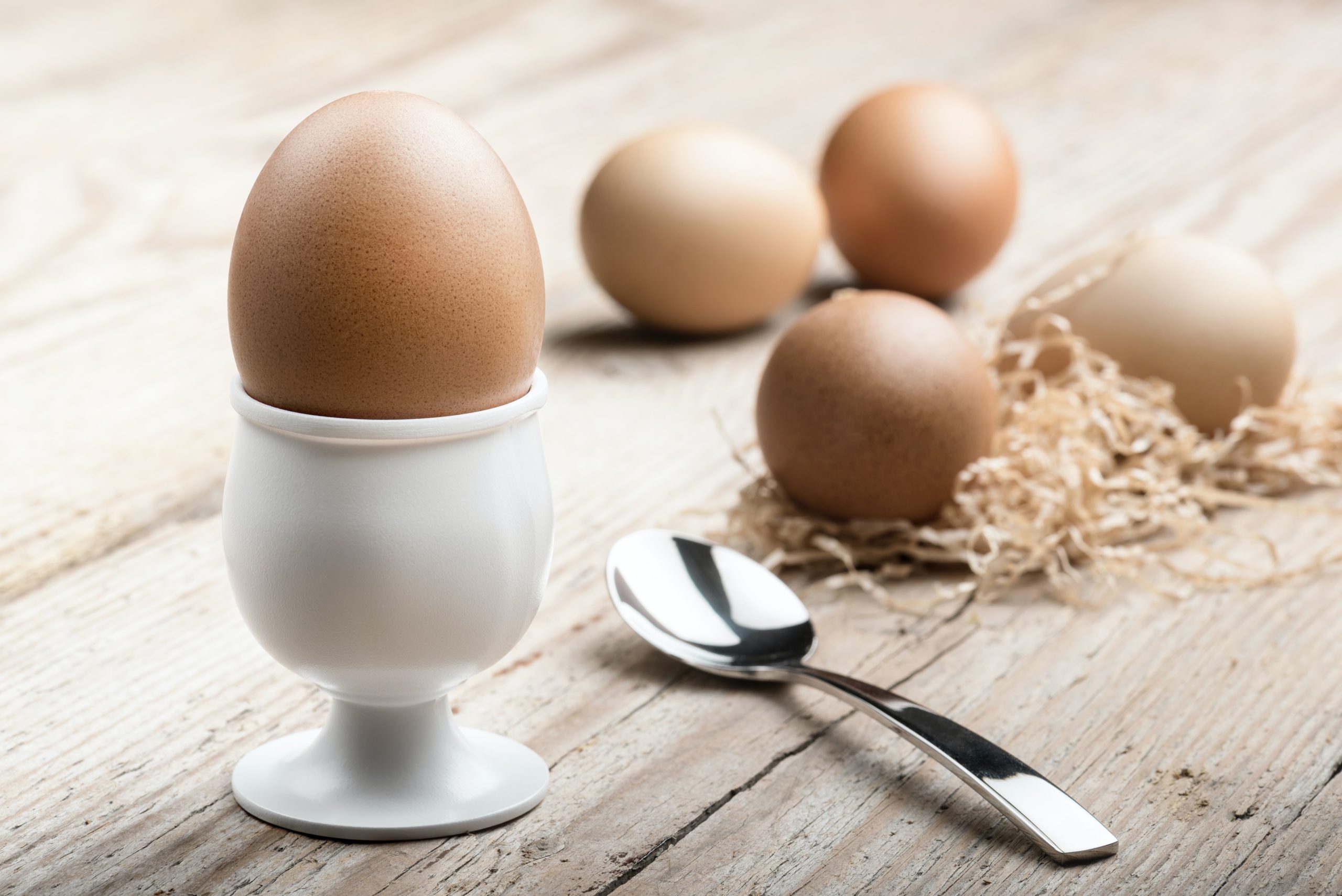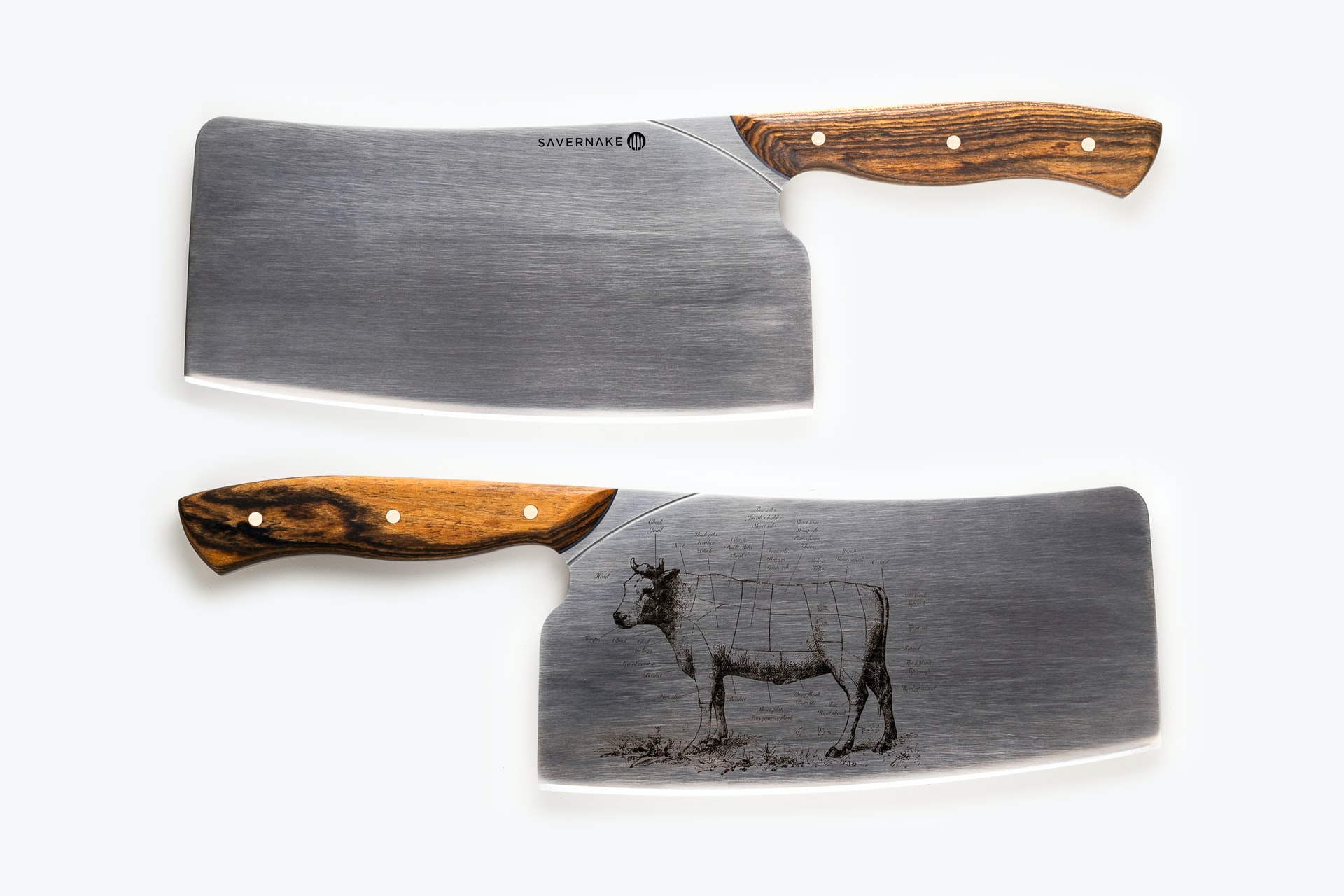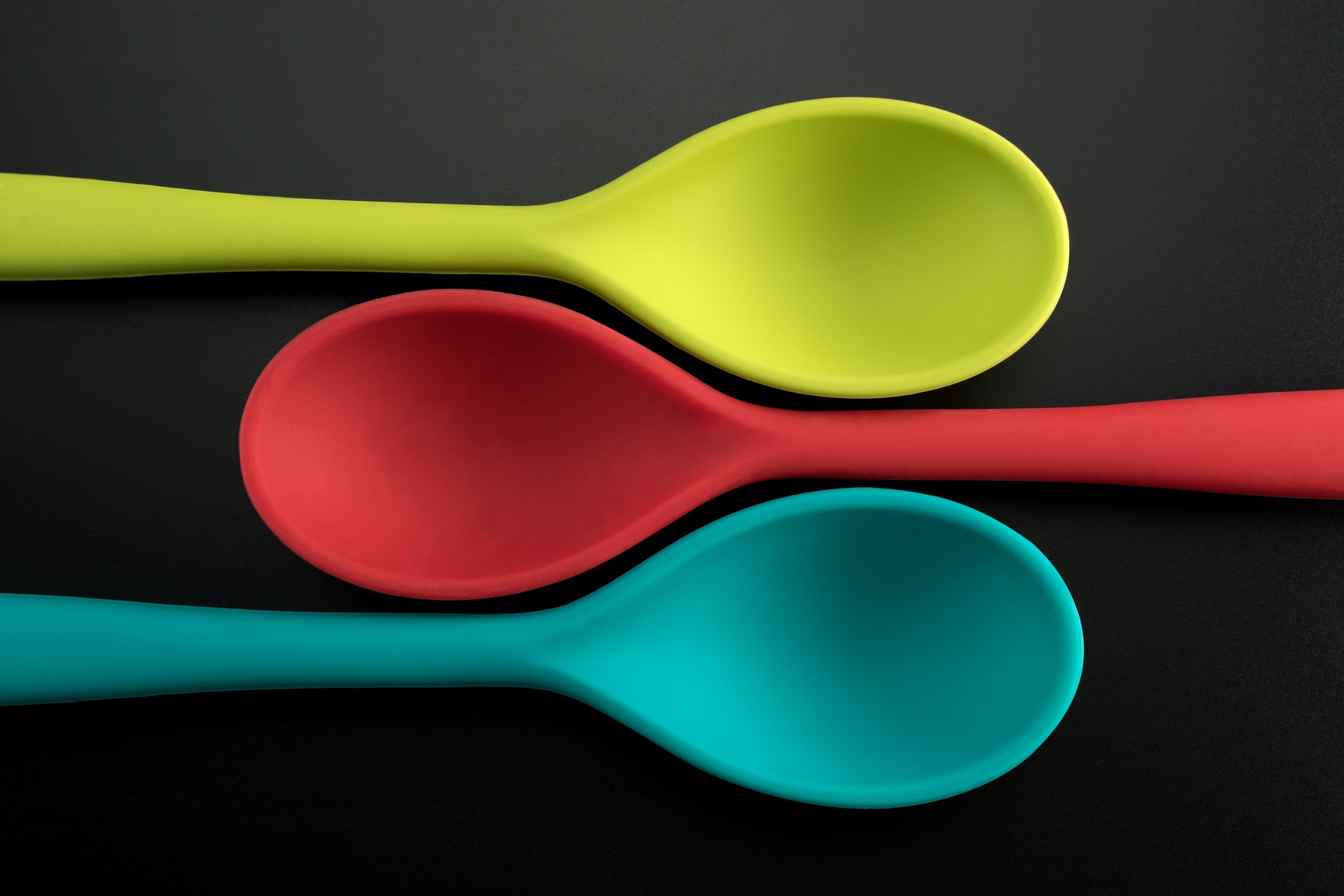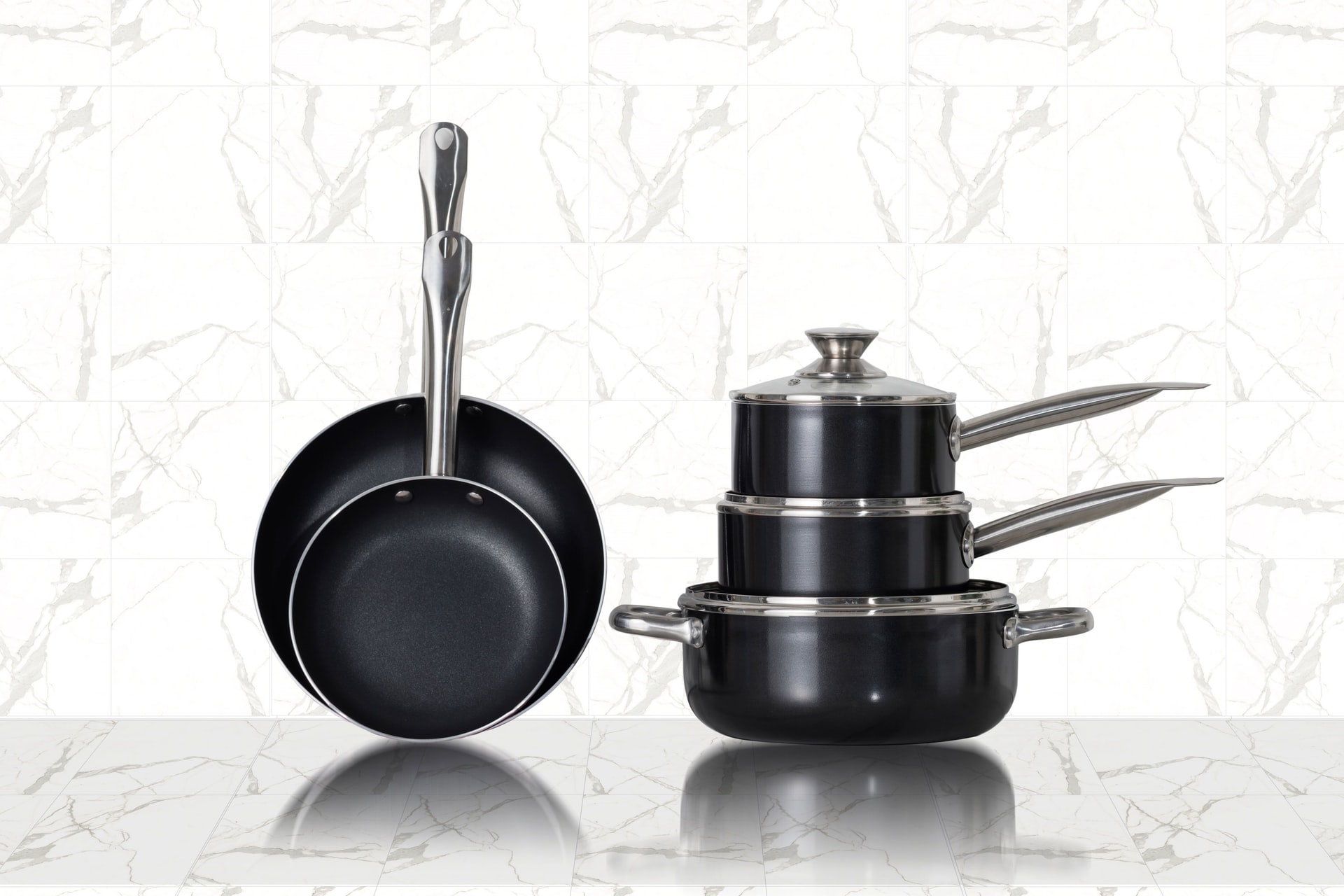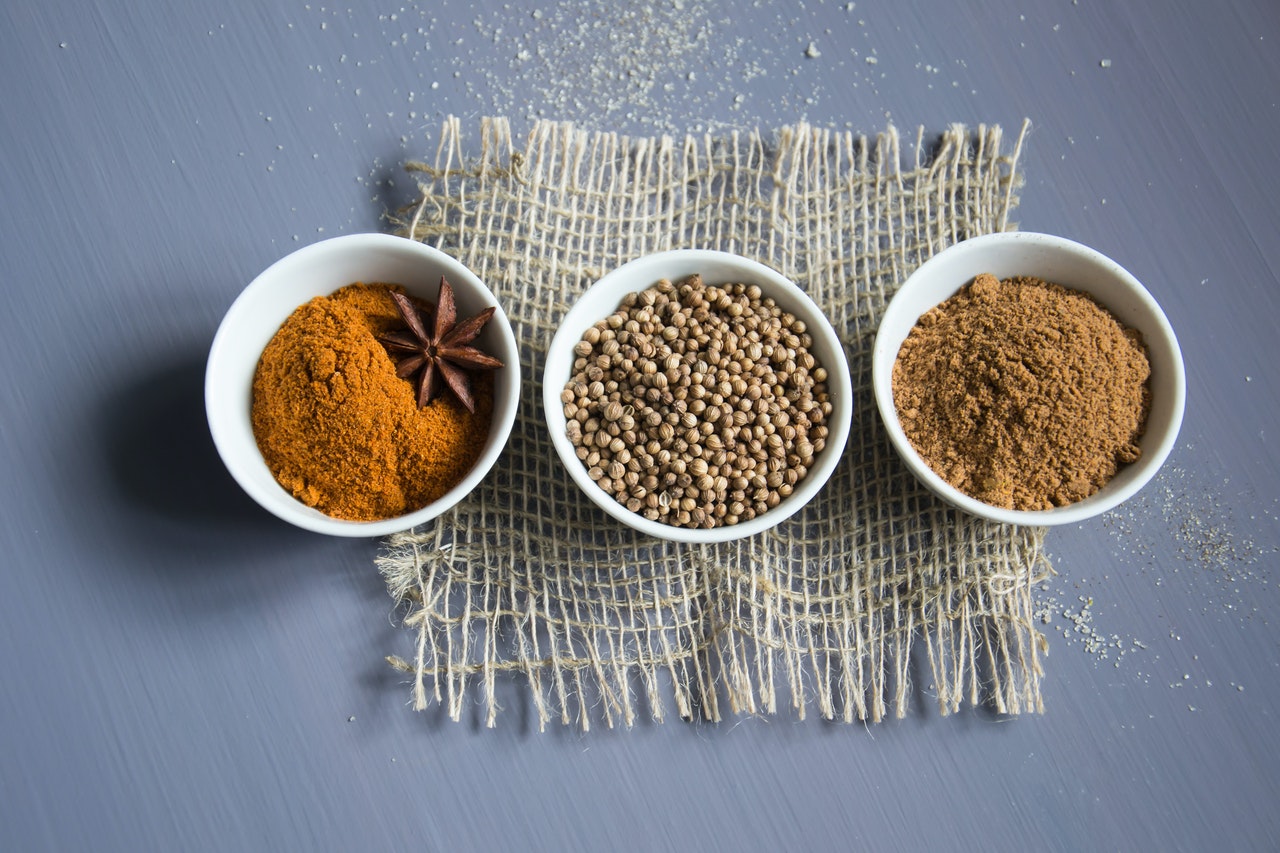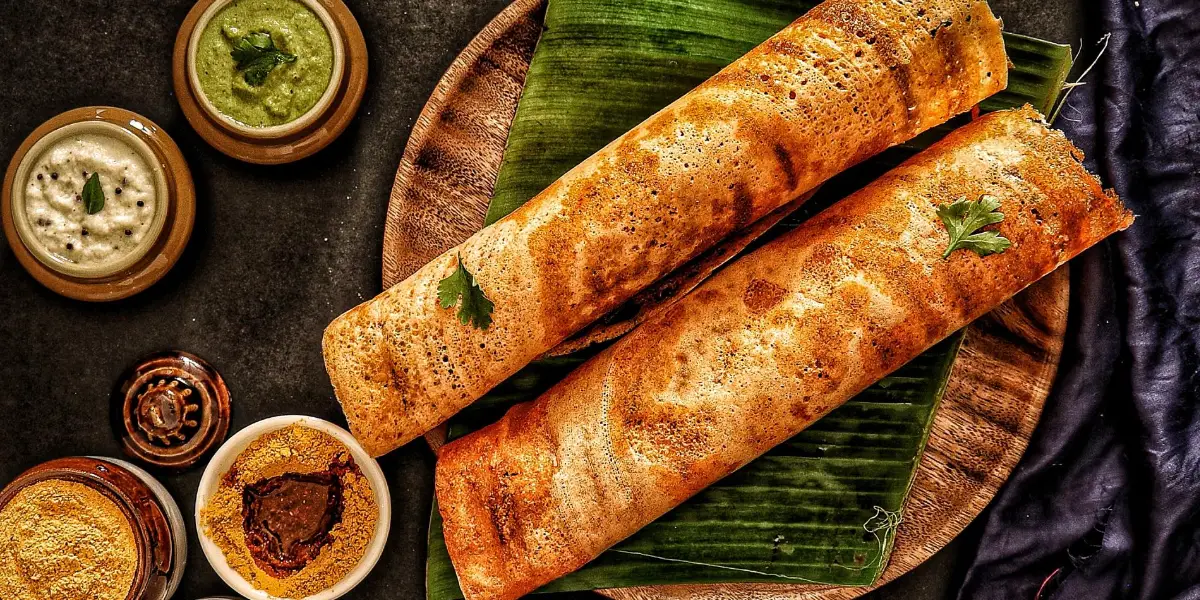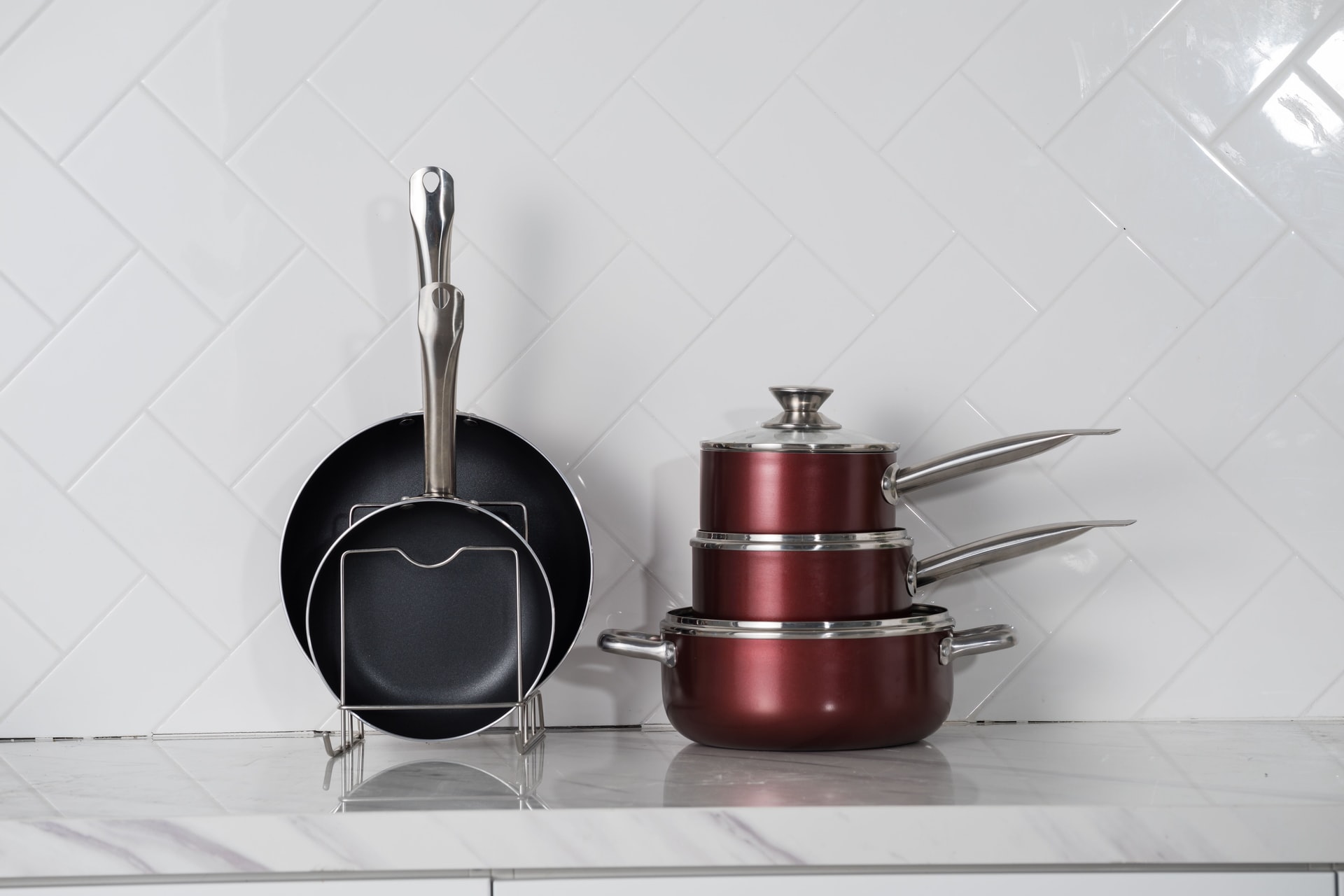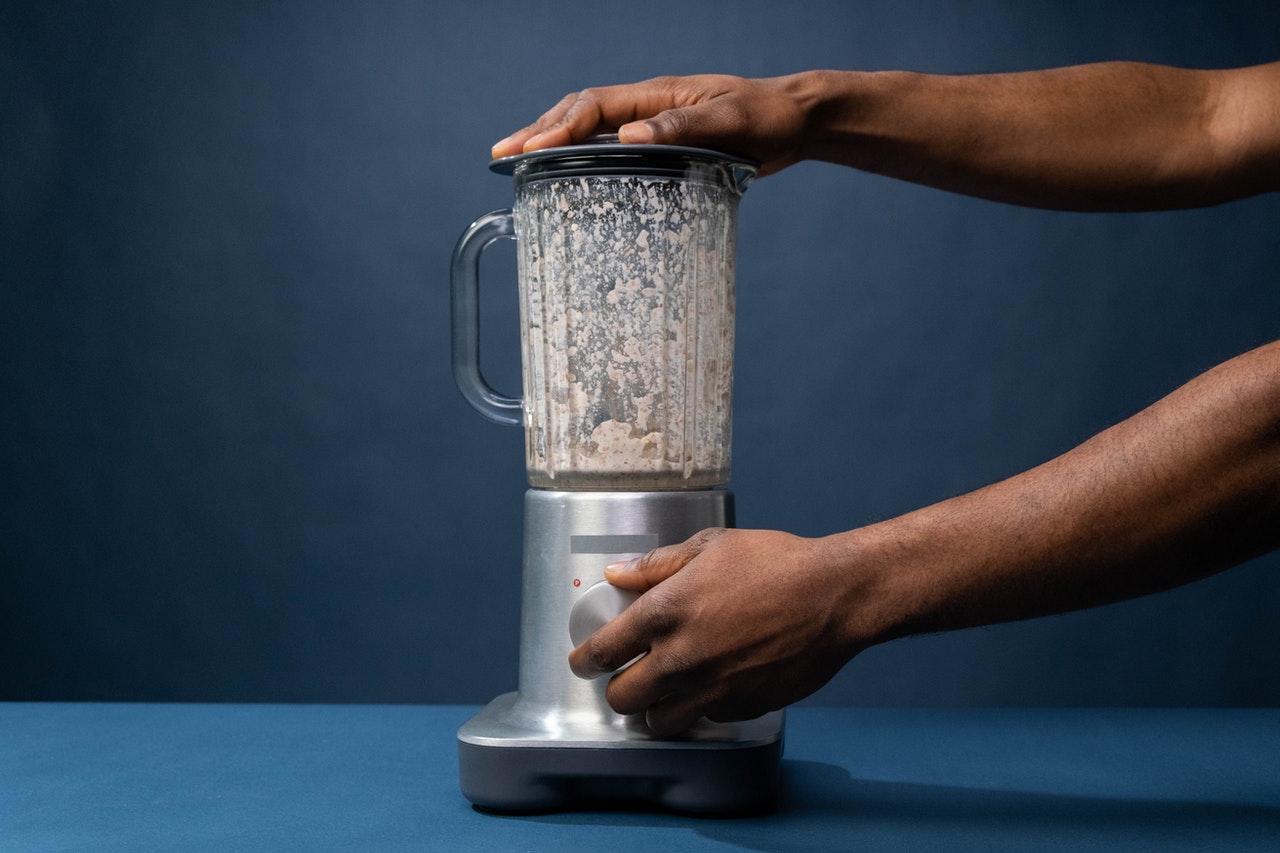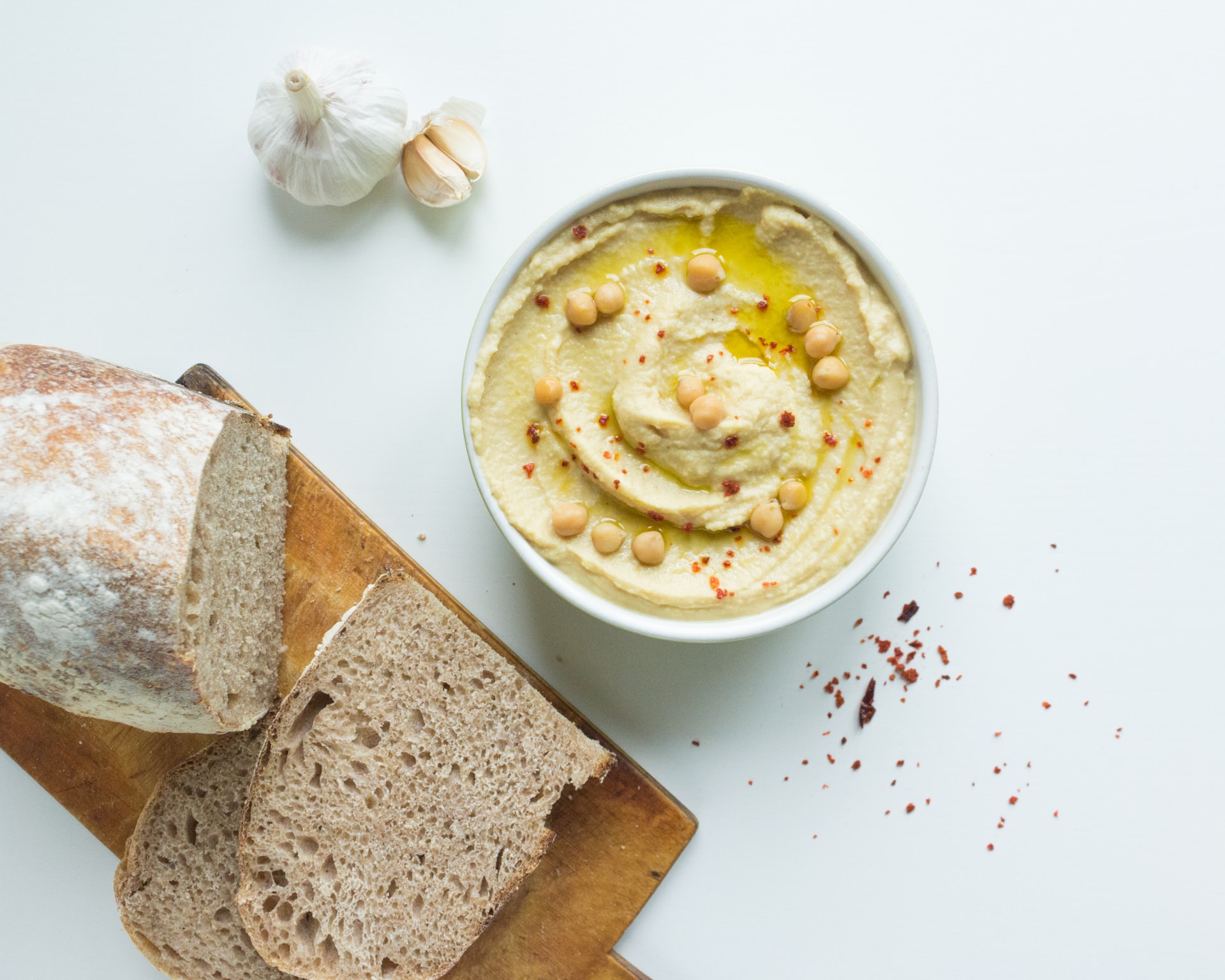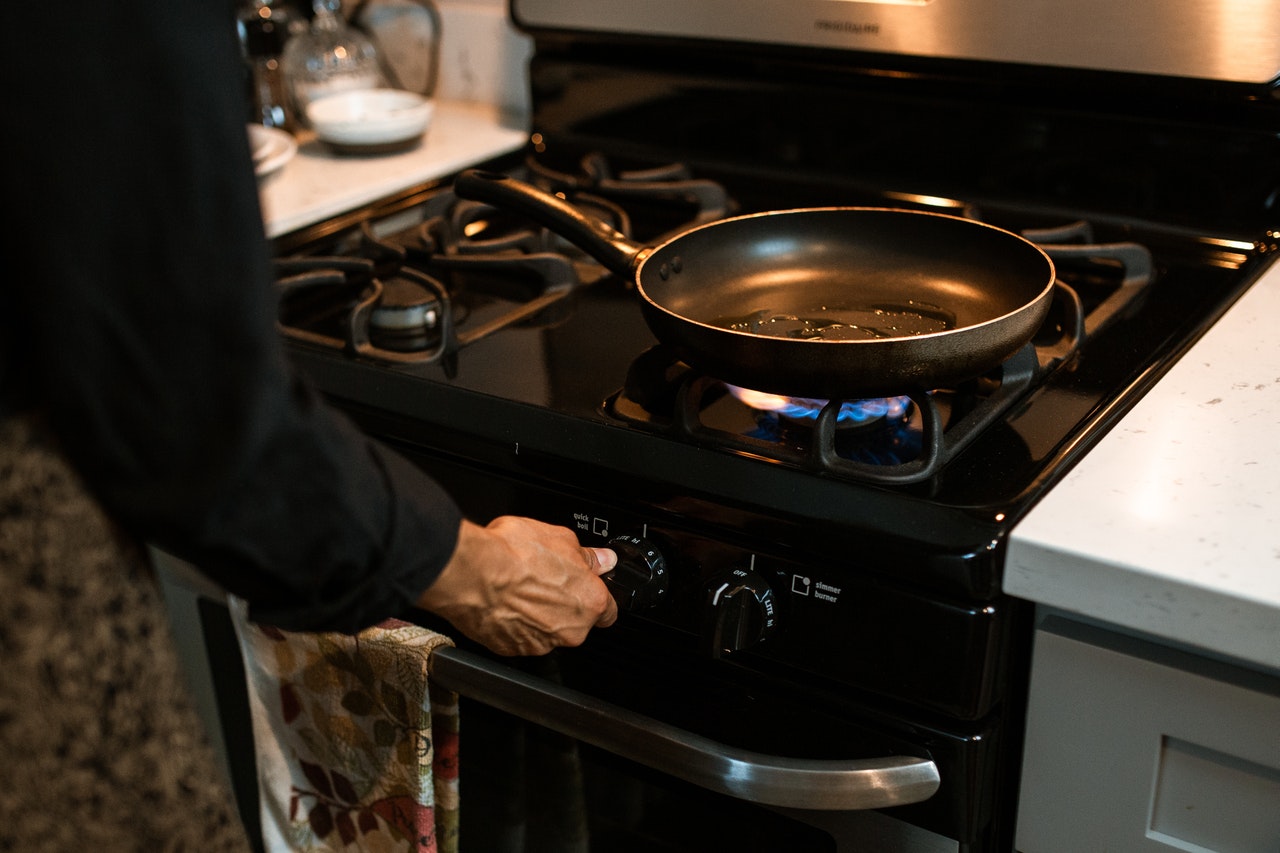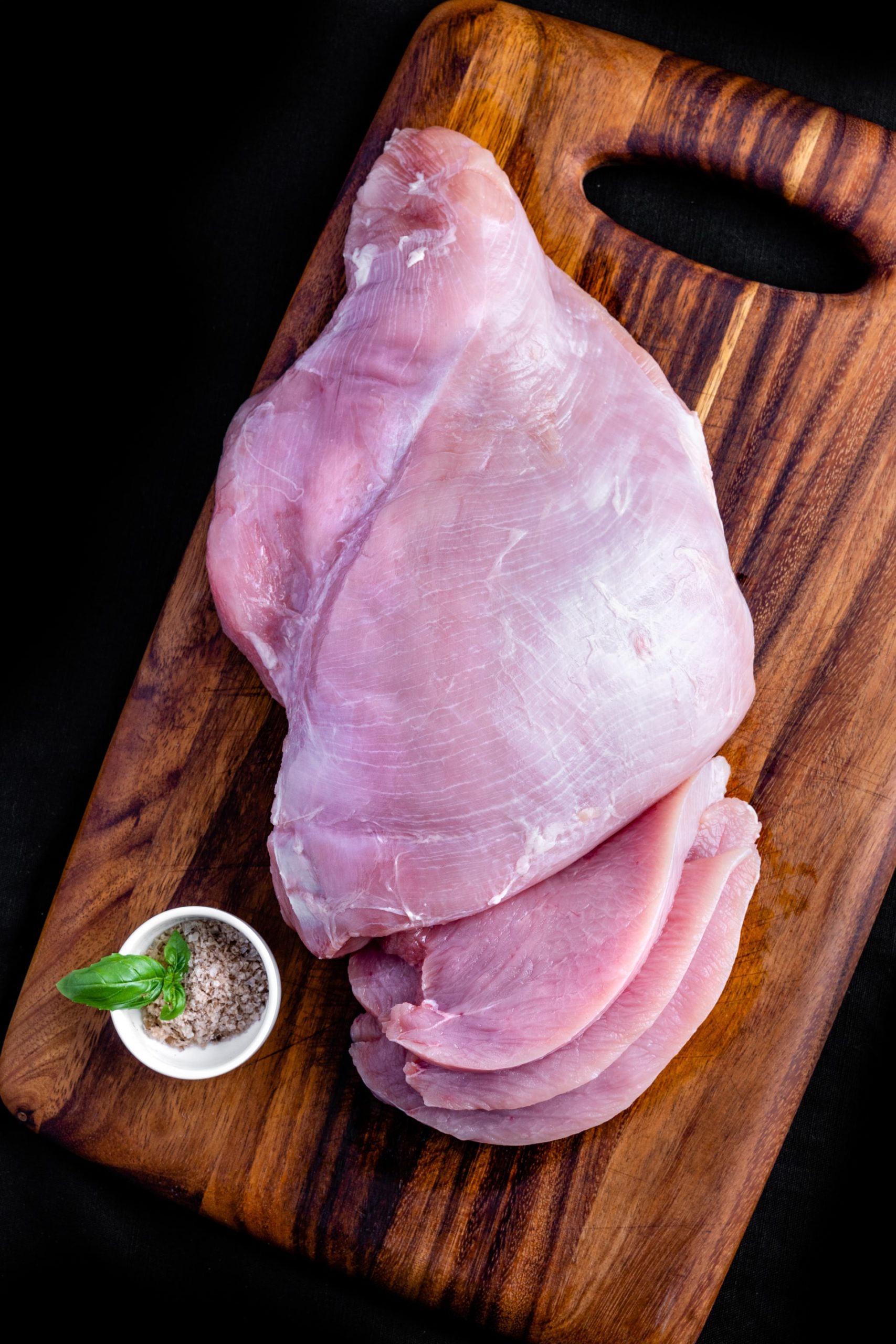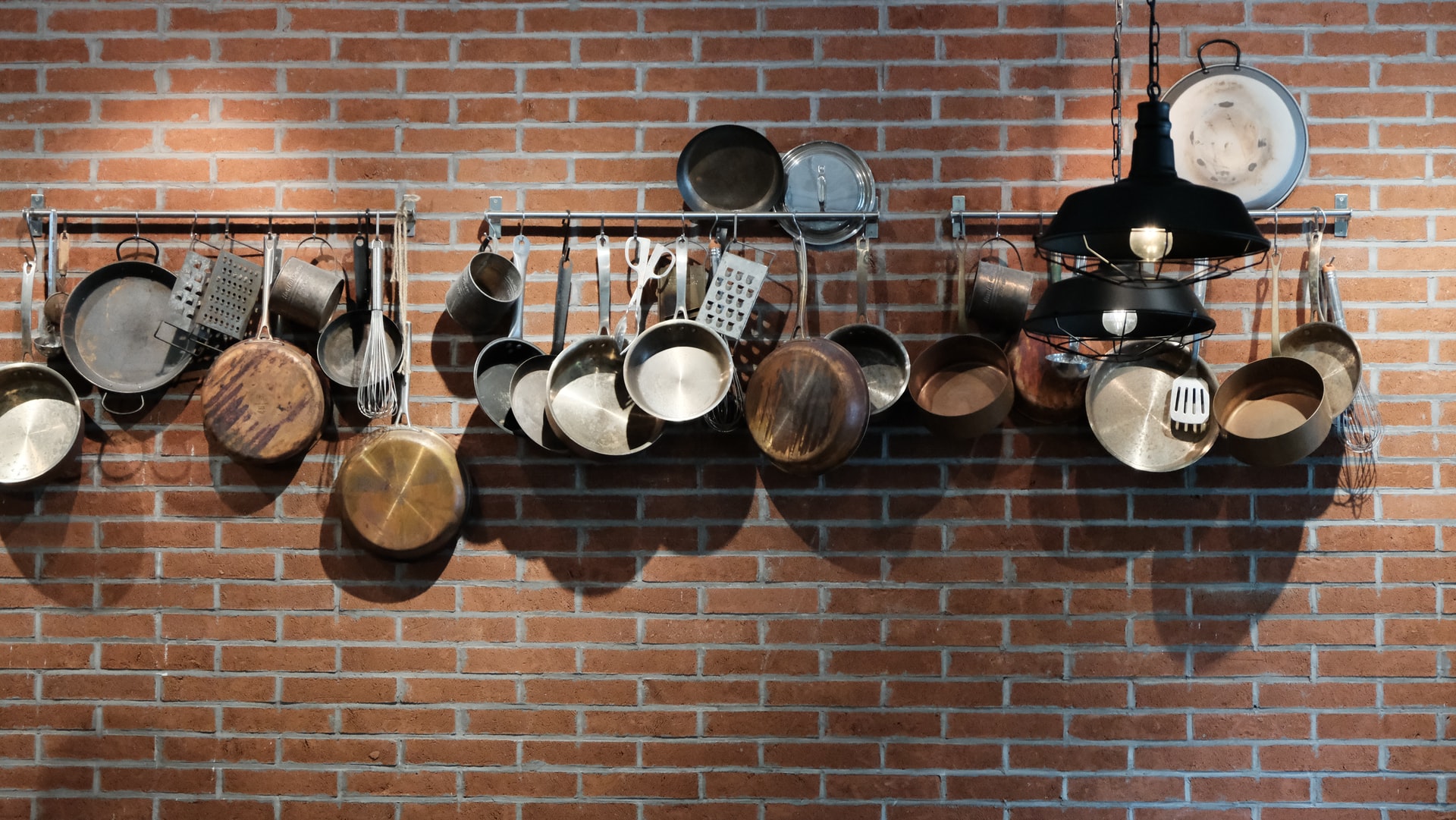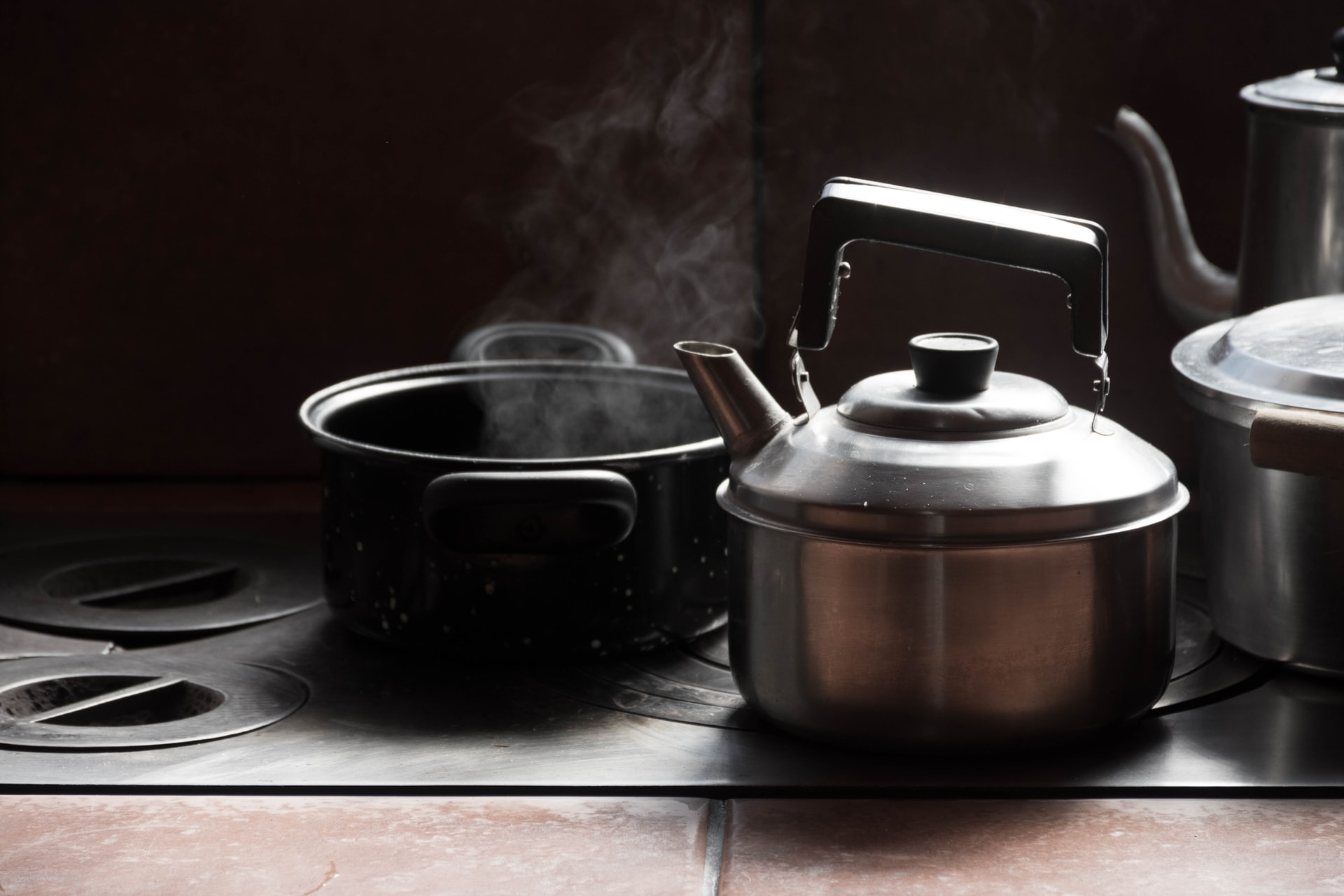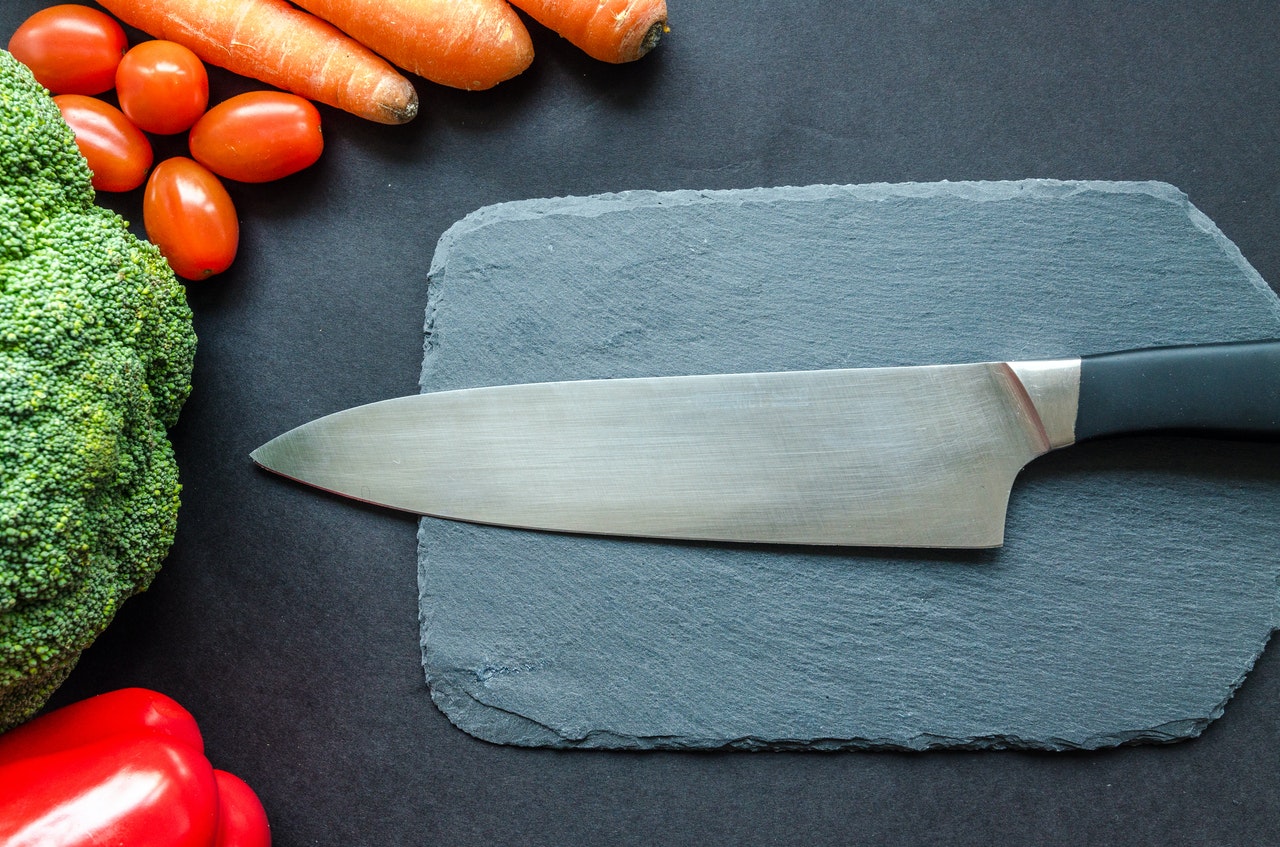Air Fryer vs Microwave: Difference between Air Fryer and Microwave
Well, an intensive topic today- Air Fryer vs Microwave. This question arises when looking to buy a kitchen appliance. The dispute between air fryer and microwave has raged for decades. Microwaves and air fryers are standard kitchen appliances. Consider the differences between the two approaches when determining which to choose.
For example, an air fryer vs microwave allows you to prepare things like frozen french fries or even meatballs quickly! As opposed to air fryers, microwaves utilize less power and no oil or butter to cook food. So they’re great for quick breakfasts like popcorn or eggs.
Continue reading to understand more about air fryer vs microwave. This post will compare and contrast microwaves and air fryers so you can choose the best one for you!
Air Fryer
What is an Air Fryer?
A brief internet search reveals that many people associate the word “fryer” with a deep fryer and an oil-filled pan. But not those square boxes that take up half your kitchen surface.
Its beginnings stretch back to the 19th century when a scientist named Albert Marsh devised a “Marsh Dry Cleaning Machine” as an alternative to traditional dry cleaners. But this machine never took off because it was unknown globally at the time.
An air fryer, as the name implies, uses hot air to cook food rather than drowning it in oil. While it can’t fully replicate fried chicken or french fries, it excels at other things like steak and roasted veggies. As a bonus, the air fryer has a low learning curve for those eager to try something new.
The Purpose of Air Fryers
An air fryer is designed to cook food using hot air. Yes. Unlike ovens or microwaves, this device can do more than just prepare french fries and grill chicken.
With a separate rack, you can toast bread without getting your hands filthy, roast veggies like artichokes and asparagus, and even bake cakes and cookies.
How does an Air Fryer work?
The air fryer versus microwave is a simple device that uses cold air from the bottom to heat food placed on top. This fan circulates hot air around the food within until they are cooked.
The heated air is frequently 200-400°C. Unlike a deep fryer, this method produces crispy chicken skin and toasty bread with a crunch. It also reduces the amount of free radicals formed while cooking at high temperatures for too long.
Yes! It doesn’t have to be oil-free, but if you want better results, avoid using too much oil. If you use the basket, don’t fill it fully with ingredients so the heat can reach all sides.
Different types of Air Fryer
Keeping apart the air fryer names, there are several sorts of air fryers.
They are divided into two categories: 1) items shown on TV from firms like GoWISE or Philips, and 2) clones of other brands from smaller enterprises.
Made in China items are often low-cost knock-offs with no third-party safety assessment. Unlike well-known businesses, smaller brands can get away with it since license payments are minimal.
More on Types of Air Fryers
The first type is what you’ll find when buying an air fryer online or in a local store. These devices are frequently stylish and sophisticated, but they are also more expensive.
Popular versions like the Philips Air Fryer review have huge touchscreens and dishwasher-safe racks, but they also have short warranties and restricted cooking functions.
Many of these devices are designed solely for air frying, which is fine if that’s all you need. Of course, some apps allow you to cook from a list of presets, but I don’t need this option since I prefer to create my own recipes.
Air Fryer Benefits
Cooking healthy food for your family is an advantage of the Air Fryer. Many foods like chow mein, etc. may be prepared with very little oil.
The nonstick heating plates make cleaning up after cooking a breeze. Its small size allows it to be easily stored in kitchen cabinets or shelves. While both are convenient, the air fryer is for frying and the microwave is for reheating leftovers.
As previously stated, the Air Fryer uses less oil than typical frying methods, making it not only healthier but also more eco-friendly. Both air fryer and microwave are developed to meet the demands of all clients. It can also be used by older persons who find modern kitchen appliances difficult to use due to age.
Microwave
What is a Microwave?
Microwaves cook food by causing polar molecules to rotate and produce thermal energy. Owing to its non-ionizing radiation, microwaves have been deemed safe for usage — as long as you don’t stand right near to them.
Contrary to popular perception, microwaves do not irradiate or “nuke” food. In this field, air fryer vs microwave are equal. I believe the air fryer bakes rather than fries food. They are also not pressure cookers, contrary popular belief, yet cooking with a microwave can make certain dishes taste like rubber!
Microwaves come with extra features like different cooking modes and racks, depending on the model. Panasonic’s high-end models, for example, have temperature probes and can be used as an oven for roasts or baked items.
How does a Microwave work?
Eating microwaved food might be daunting, especially if you’ve never done it. The bowl or plate will become quite hot to the touch, indicating how much energy it contains. Microwaves release waves at 2.45 GHz (gigahertz), which means they can’t pass through glass or ceramic plates, which reflect electromagnetic radiation.
As though you were sitting in front of a giant speaker, your food will rest directly on top of your plate, absorbing all those waves! The drawback is that this generates unappealing dried-out areas on baked products like potatoes, and browning of meat.
Microwaves also can’t properly cook food because they barely penetrate 1-2 inches into the dish, leaving the rest undercooked. That’s why reheating leftovers takes time because their insides are frozen! Ultimately, microwaving food is all about swiftly heating it up so you can consume it. Not appropriate for long-term preservation unless food is kept away from plates or containers.
Different types of Microwave
Microwave ovens are classified into three types:
Microwaves with a revolving carousel– are the most prevalent, and they’re generally less expensive than their more expensive rivals.
The disadvantage is that food rotation necessitates human participation, which might be inconvenient if you just want to heat things up quickly without having to supervise your food. However, when compared to modern options, these models have more precise controls, so it’s not all bad!
Microwaves with revolving platters that are satellite-enabled– This is an updated version of the preceding type, with a “satellite” in the centre of the cooking chamber instead of a carousel.
This satellite is capable of turning on its own (i.e., it has a motor) in addition to rotating on its own (i.e., it has a motor), which is especially beneficial for larger dishes like extra-large pizzas and roasts.
Microwaves with carousels and platters– are the most advanced, but also the priciest. More cooking modes, extra features including slow cookers and even oven functions are common in high-end models.
Microwave Benefits
Convenience – Microwaves eliminate the need to wait hours for food to cook or use an oven. Simply place it in the microwave and push a button! It’s that easy!
Faster cooking than conventional ovens, where you have to adjust the temperature and wait a lengthy time for your food to cook.
Microwave ovens consume about half the energy that conventional ovens use, making them incredibly eco-friendly. Microwaves are also more reliable than conventional stoves since their heating sources are enclosed inside the machine.
Best Air Fryer vs Microwave
Philips Premium Air Fryer XXL HD9650/96
Philips Premium Air Fryers with Fat Removal Technology are now available. Bring more flavor into your life while experiencing crispy on the outside and tender on the inside results like you’ve never seen before with the mix of no additional oil and up to 90% reduced fat.
The Philips Premium Air Fryer is the ideal partner to your healthy, quick, and delightful diet. Food preparation for a household of six or less people has never been easier or faster, without sacrificing flavor.
Philips air fryer vs microwave wants to be by your side through it all, with innovative dishwasher-safe interchangeable parts with a nonstick coating, an extended limited warranty of up to 1 year, and over 200 easy-to-make recipes at your fingertips.
Features
- 7-quart nonstick cooking basket 5 cooking options with 90% less fat
- LED accessories and displays
- Philips provides a 1-year warranty.
Pros
- Ideal for a 6 person household
- Sleek premium exterior for simple cleaning
- Easy to use, intuitive, and quiet.
Cons
- Emit smoke during cooking
Panasonic NN-SD975S Oven Microwave
Panasonic’s microwaves use cutting-edge technology to cook your favorite foods flawlessly. Using the Panasonic NN-SD975S, you can enjoy perfectly caramelized crusts and luscious middles on popular recipes such as Prime Rib Roast or Chicken Pot Pie. ‘
While it appears to be a work of art, it is also functional. This oven allows you to cook a variety of recipes without taking up much important kitchen counter space. You may acquire a wide range of textures and flavors by manually constructing or using basic controls for hands-free cooking.
Features
- 3D Cyclonic Inverter Technology
- Knobs and buttons control panel
- 2 cu. ft. cooking capacity, 20 preset menus
- Solid compact design
Pros
- Popcorn child safety lock with 3 options
- Warms meals for 30 minutes.
- Start delay of up to 90 minutes
- Great defrost function
Cons
- Internal illumination is dim, making operation difficult.
FAQs about Air Fryer vs Microwave
What’s Better: An Air Fryer or a Microwave?
Learn the difference between an air fryer and a microwave oven. Always keep in mind the positive as well as the negative aspects of each appliance you use.
Microwaves don’t always cook food as evenly as air fryers. While air fryers cook food faster than microwaves, they also require more butter or oil to prevent sticking.
In comparison to air fryers, microwaves consume more energy. Their energy efficiency is making them increasingly popular with people across the world!
Can an Air Fryer Replace Micorwave?
I believe the answer to the question “Can an air fryer replace a microwave?” is yes. Yes, an air fryer can be used in place of a microwave. I’ve used my Philips Air Fryer for about two years and I must say that this space-saving appliance comes in really helpful when you’re short on time or feeling lazy.
It cooks fries, pork, fish, and other foods significantly faster than a traditional oven or an oven while using much less oil than other cooking methods. As a result, if you’re looking for healthier alternatives to quick eats, keep reading!
Is Air Fryers Safer than Microwave?
The air fryer is healthier and safer than the microwave. Microwaves emit radiation, which directly heats up molecules in food using the energy from it; this might potentially have serious health consequences for your meal!
A comparison of these two cooking methods reveals that air frying produces much fewer electromagnetic field emissions than other methods such as gas ranges or convection ovens — while yet being far superior for individuals trying to express nutritious meals.
Final Thought about Air Fryer vs Microwave
While an air fryer utilizes heated air to cook food, a microwave heats food by sending microwaves through it. Microwaves cook meals rapidly, but might dry out or overcook some components, such vegetables. Pressure Cooker vs Air Fryer here.
These air fries use fats from various sources like butter or bacon grease rather than adding their own oils. In other circumstances, they create crispier textures without adding fat! If you haven’t tried one of these gadgets yet, check our review. This article has outlined the advantages and disadvantages of utilizing an air fryer vs a microwave.
It’s now up to you to compare your alternatives and determine which is best for you. I hope this information was helpful! Please leave questions or comments below. We’ll be happy to answer.


